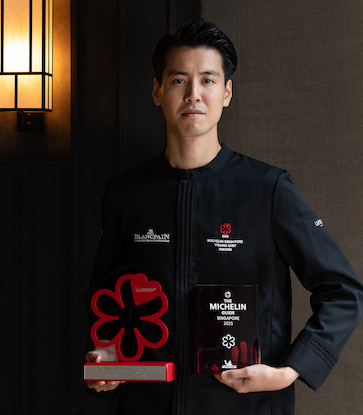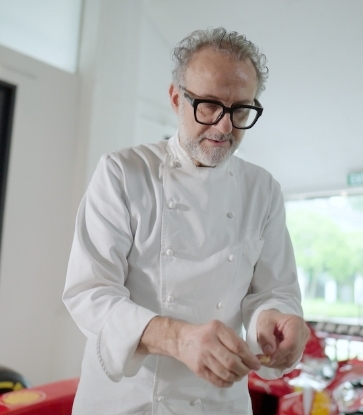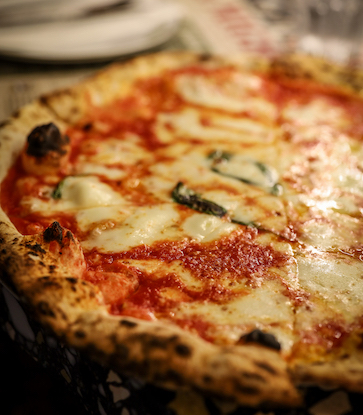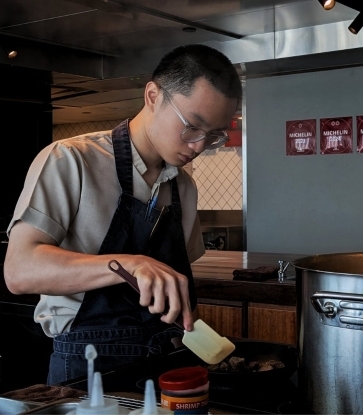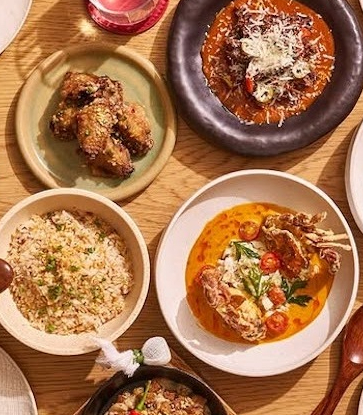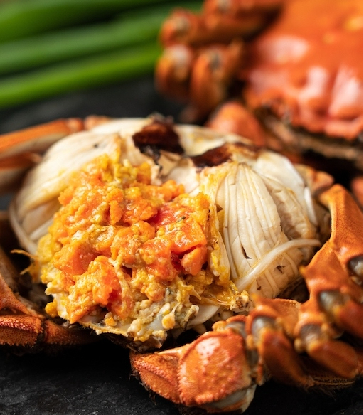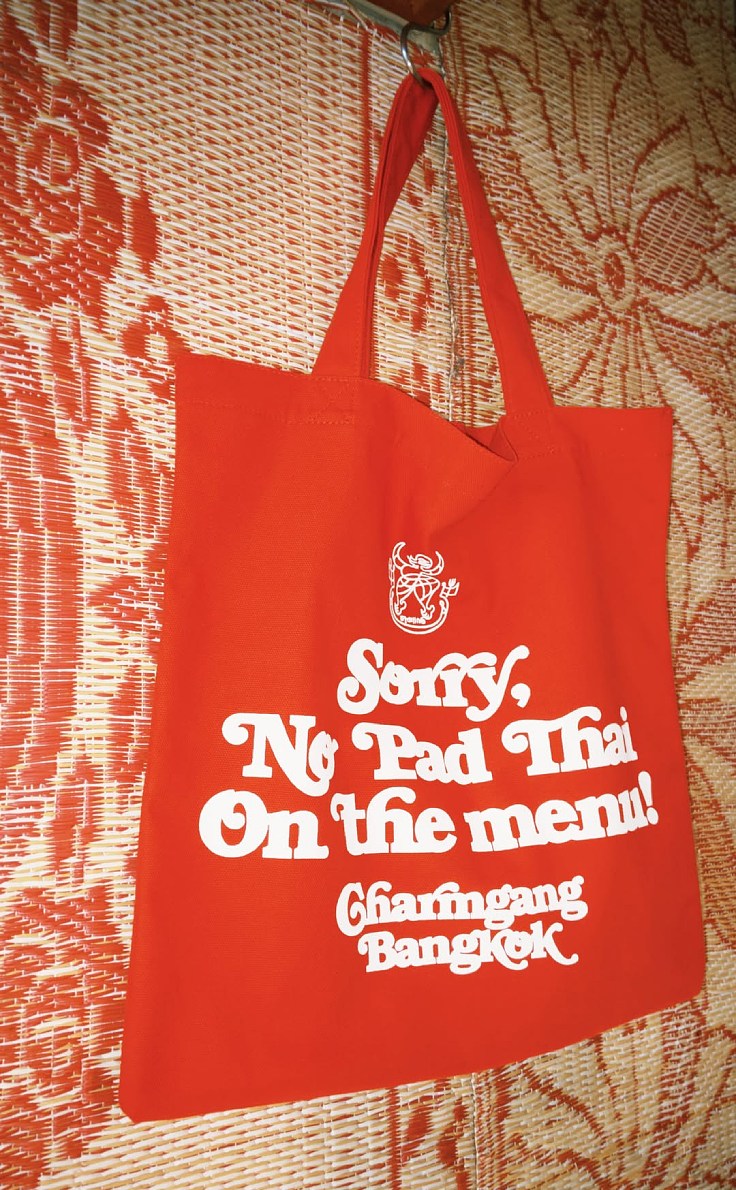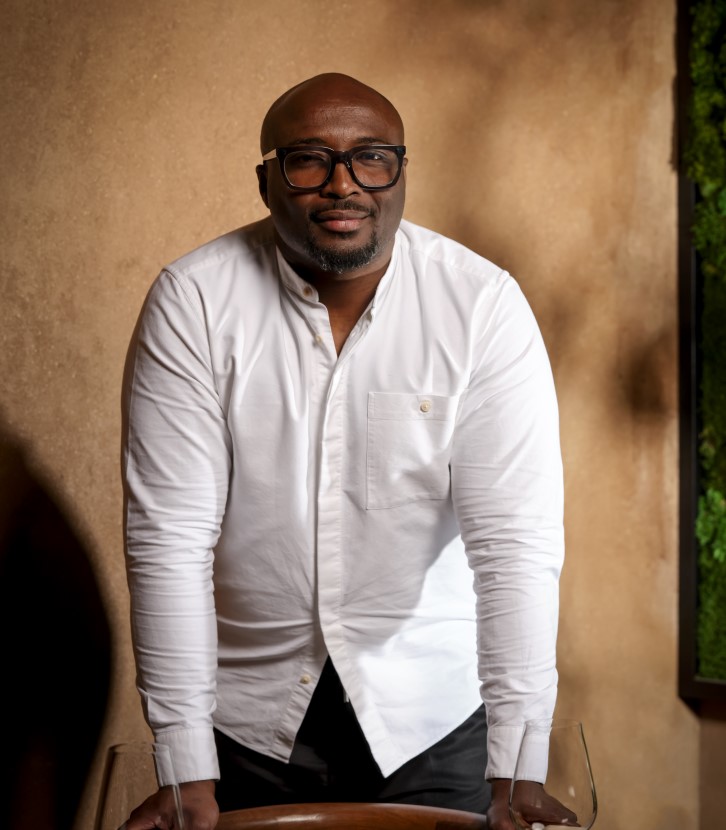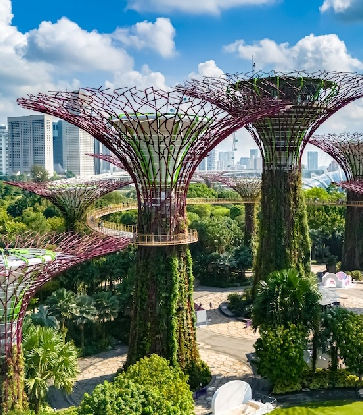Even after close to a decade in Singapore, Mirko Febbrile isn’t one to miss his home in Italy’s southernmost region of Puglia.
Don’t get us wrong — he absolutely adores the ingredients and rustic flavours that come out of the boot-shaped country’s topological heel, which is why he’s put its cuisine in the spotlight not only at his first solo restaurant — Bib Gourmand restaurant Fico — but also in his second.

There’s Fico, a casual Italian restaurant in East Coast Park that lays bare the chef’s love for his homeland’s pristine coastlines and rolling fields — not to mention, a decidedly laid-back attitude and love for culinary simplicity expressed with quality ingredients. And then, there’s the newer Somma, combining fine dining, a cocktail bar, and a slew of elevated pastas into a Pugliese experience, altogether more elaborate and definitely more ambitious.
Febbrile expresses that he, of course, misses his family, connecting often with them through video calls and messaging apps when he has the time. The chef even gets good morning messages from his 94-year-old nonna.
No, the one and only thing he doesn’t quite miss about life in Puglia is its lethargic way of life.

“I come from a small town called Bitonto, where life is slow and can sometimes be quite boring. I’ve always felt like a 'city person' at heart, and I absolutely love Singapore’s fast pace and high energy,” he says.
Life in the Fast Lane
That much is obvious, given how much Febbrile has accomplished in the nine years he’s spent in Singapore. The chef ‘s career began when he cut his teeth at several establishments before ending up at the now-defunct Braci, where he steered the ship as chef de cuisine to One MICHELIN Star in 2017.
After three years, he came into his own with Fico, a convivial restaurant that sought to spin an authentic Italian tale with unfussy handmade pasta plates, seafood platters, and a signature foccacina laden with stracciatella, Gulf anchovies, turnip tops, and San Marzano tomatoes (“ingredients familiar to everyday Puglian cooking)”.
The paint had barely dried on that restaurant before Febbrile followed up with his second, less than a year later, named Somma — as in "sum" in Italian — a reflection of his cumulative travels “from Puglia to Singapore and the rest of the world”, as well as his personal growth.

Here, the chef won’t be placing “predictable or traditionally luxurious ingredients like foie gras or wagyu” on his new joint’s menu as, “to me, they are not representative of luxury today.”
Instead, he’d rather focus on showcasing ingredients at the peak of their seasonality — on multiple times throughout the same tasting menu if he deems it so, despite this being seen as “a huge faux pas in most fine dining restaurants today”, as this is what he believes will result in the best food possible.

Terroir Drives Sustainability
Indeed, Febbrile views sustainability as a way of appreciating and expressing Puglia’s terroir.
“Pugliese cuisine celebrates simplicity, freshness, and tradition — as well as the people who play such a great part in ensuring the quality of produce,” he says. “We practice the philosophy of 'cucina povera', a waste-not-want-not approach at both Fico and Somma, where we take humble ingredients and transform them into bold, hearty dishes.”

This ethos of Febbrile's is best expressed in a dish that sees the humble carrot — “an ingredient often associated with poor families” in Puglia — transformed into the lynchpin of a dish.
Spaghettone made from ancient Khorasan wheat is paired with an intensely rich red carrot reduction — concentrated from 20kg of raw carrots, to 13 litres of juice, and then finally a single kilogram of molasses — along with mantis shrimp bisque, moss and lichen oil, and then a sprinkle of black lemon powder for citrusy zing.
The pasta is accompanied by whelk cooked in parsley oil and finished with a sauce made from razor clam water, carrot vinegar, and black mint, with a final crown of caviar.
“We work with very few suppliers because we believe that’s how we can cultivate true relationships — and that aids in a much more sustainable supply chain and way of working, making this whole big operation sustainable first for our own people.”
Aside from turning simple ingredients into gold, "cucina povera" demands also a “circular approach”, where every part of the ingredient is used, and, often in a way that elevates the dish.
“Our cheese experience showcases a variety of goat, cow, and buffalo milks, all aged in-house using kitchen scraps like homemade molasses, roasted barley, coffee, red carrot and chamomile, beetroot, truffle, and cocoa as part of the process,” he says.
From Puglia to Singapore
Managing one successful restaurant in Singapore is a tireless and demanding task. But managing two? That’s almost superhuman.
Febbrile says, “Honestly, the hours are relentless and it’s pretty high-stress but I get so much adrenaline and satisfaction from doing this — the creative freedom, learning the business behind a successful restaurant, and understanding the power of food to connect and impact people on a deeper level. This is a priceless experience, and I am here for every second of the ride.”

It’s a statement born out of the chef’s own time in Singapore. Over the years, he’s racked up a number of reliable haunts — Sungei Road Laksa at Jalan Berseh, his self-professed favourite local dish for its use of fresh cockles, slippery rice noodles, and a thick, punchy broth simmered over charcoal; as well as a char kway teow stall “run by an adorable uncle and auntie pair” that he frequented when he was running an extremely popular pop-up at Chinatown Complex Market & Food Centre.
But when he really, really needs to relax, he reaches for Italian comfort food — “a good plate of lasagna” — along with a not-so-Italian can of Coca‑Cola, poured over ice and served with a slice of lemon.
“When I first moved to Singapore, I was eager to please. For years, I worked to bring someone else’s dream to life. I loved my job, but I always knew I was going to create something of my own. Today, I am running my dream restaurants, I am able to build my own team, and I am much more intentional in every decision.”
He pauses and slowly says, “If I were the Mirko of ten years ago and looked at myself today, I’d think, ‘He is much more sure of himself now.' Indeed, he is."




